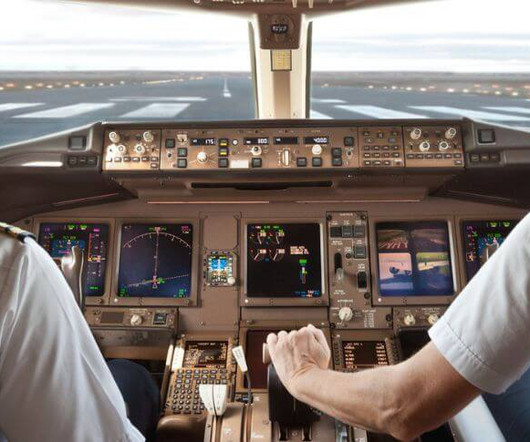Going Up and Going Down
Plane and Pilot
JULY 2, 2025
This climb speed is determined by minimizing the two sources of drag acting against the airplane. If speed is too low, meaning angle of attack is too high, induced drag builds up, as the wing is working extra hard to make lift. If speed is too fast, parasite drag becomes excessive, created from the increased wind resistance.















Let's personalize your content